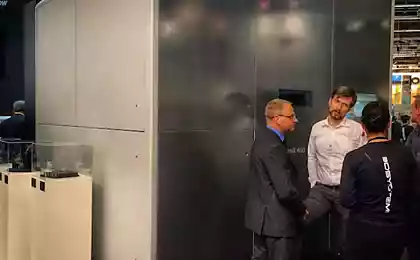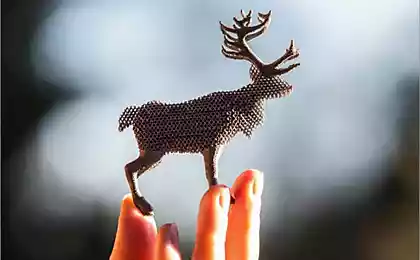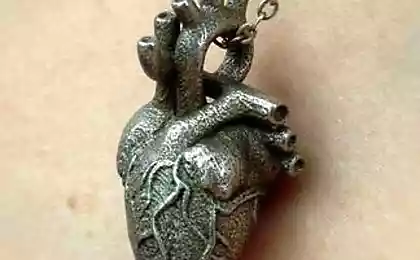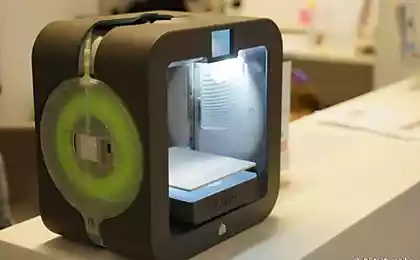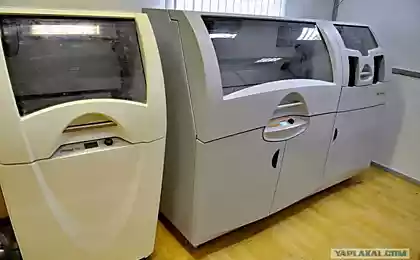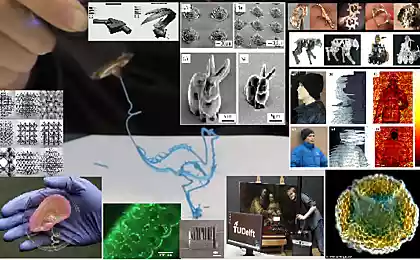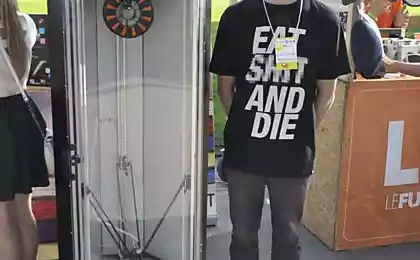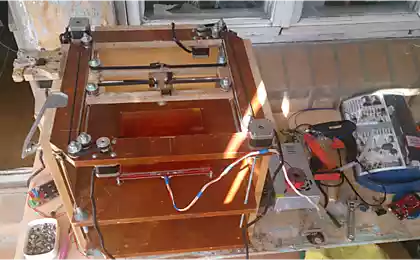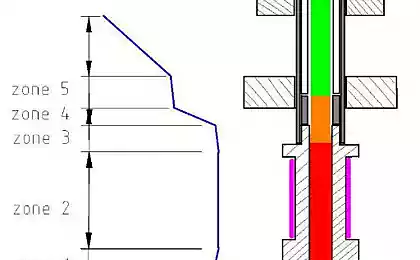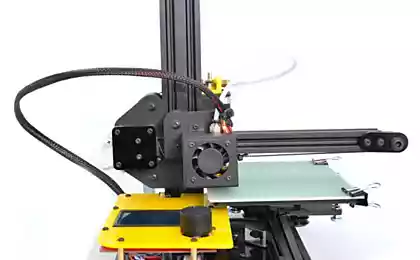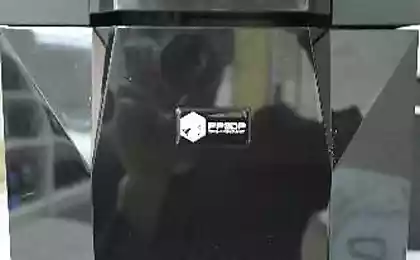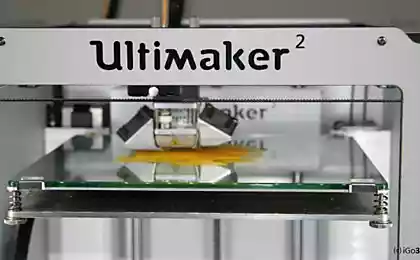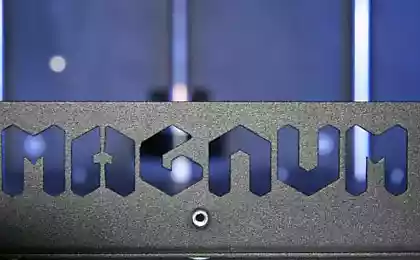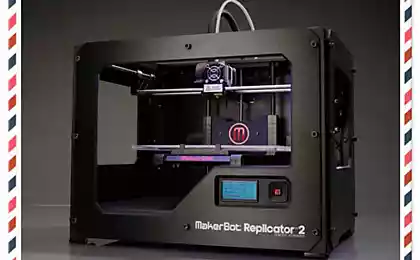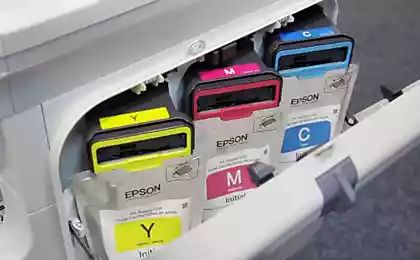181
New technology of three-dimensional glass printing
Over the past few years, three-dimensional printing technologies have become more affordable, due to a significant increase in the capabilities of three-dimensional printers with a simultaneous decrease in their cost. And now, three-dimensional printing technologies are used by almost everyone, from employees of serious research institutions to hobbyists in their garages. All of the above is true in relation to the technologies of three-dimensional printing with plastic, metal or ceramics, however, the technology of glass printing remained at the “infancy” level due to the difficulties associated with the use of this very peculiar material.
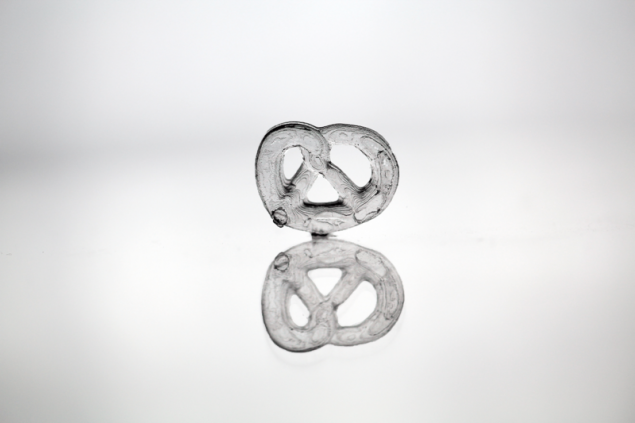
The situation described above will change radically in the near future, thanks to the work of researchers from the Karlsruhe Institute of Technology, Germany, who have found a way to print three-dimensional objects from glass using a conventional printer. And objects made of glass, in some cases have a number of advantages over plastic or metal. Glass objects are able to withstand the effects of heat, chemically active substances and they are transparent.
The new technology is based on the use of a special composition for printing, called “liquid glass”. This composition is a mixture of tiny glass nanoparticles with a binder photopolymer. After traditional printing with such a composition, in which the shape of the object is fixed by illuminating it with light, the object is subjected to high-temperature processing under a certain mode. This treatment fuses glass nanoparticles into monolithic glass and removes all foreign materials from it. And, in the end, you get an object consisting of pure transparent glass.
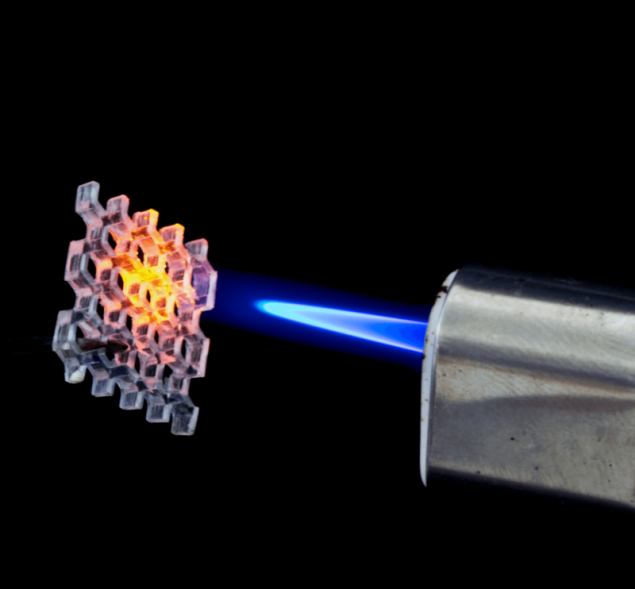
The size and accuracy of glass objects in this way are limited only by the capabilities and characteristics of the printer used for printing. As a demonstration of the possibilities of three-dimensional glass printing technology, the researchers created several objects that are presented in the above images and video.
But the potential of this technology goes far beyond printing various glass trinkets, such technology can be used to print components of optical systems for various purposes, with its help you can make light guides of any shape and scale, from light guides integrated on the surface of optoelectronic chips to light guides that allow powerful streams of sunlight into buildings. And ordinary people will be able to use this technology to make at home original glassware or decorative windows, for example.
P.S. And remember, just changing our consumption – together we change the world!
Source: //phys.org/news/2017-04-d-glass.html

The situation described above will change radically in the near future, thanks to the work of researchers from the Karlsruhe Institute of Technology, Germany, who have found a way to print three-dimensional objects from glass using a conventional printer. And objects made of glass, in some cases have a number of advantages over plastic or metal. Glass objects are able to withstand the effects of heat, chemically active substances and they are transparent.
The new technology is based on the use of a special composition for printing, called “liquid glass”. This composition is a mixture of tiny glass nanoparticles with a binder photopolymer. After traditional printing with such a composition, in which the shape of the object is fixed by illuminating it with light, the object is subjected to high-temperature processing under a certain mode. This treatment fuses glass nanoparticles into monolithic glass and removes all foreign materials from it. And, in the end, you get an object consisting of pure transparent glass.

The size and accuracy of glass objects in this way are limited only by the capabilities and characteristics of the printer used for printing. As a demonstration of the possibilities of three-dimensional glass printing technology, the researchers created several objects that are presented in the above images and video.
But the potential of this technology goes far beyond printing various glass trinkets, such technology can be used to print components of optical systems for various purposes, with its help you can make light guides of any shape and scale, from light guides integrated on the surface of optoelectronic chips to light guides that allow powerful streams of sunlight into buildings. And ordinary people will be able to use this technology to make at home original glassware or decorative windows, for example.
P.S. And remember, just changing our consumption – together we change the world!
Source: //phys.org/news/2017-04-d-glass.html

